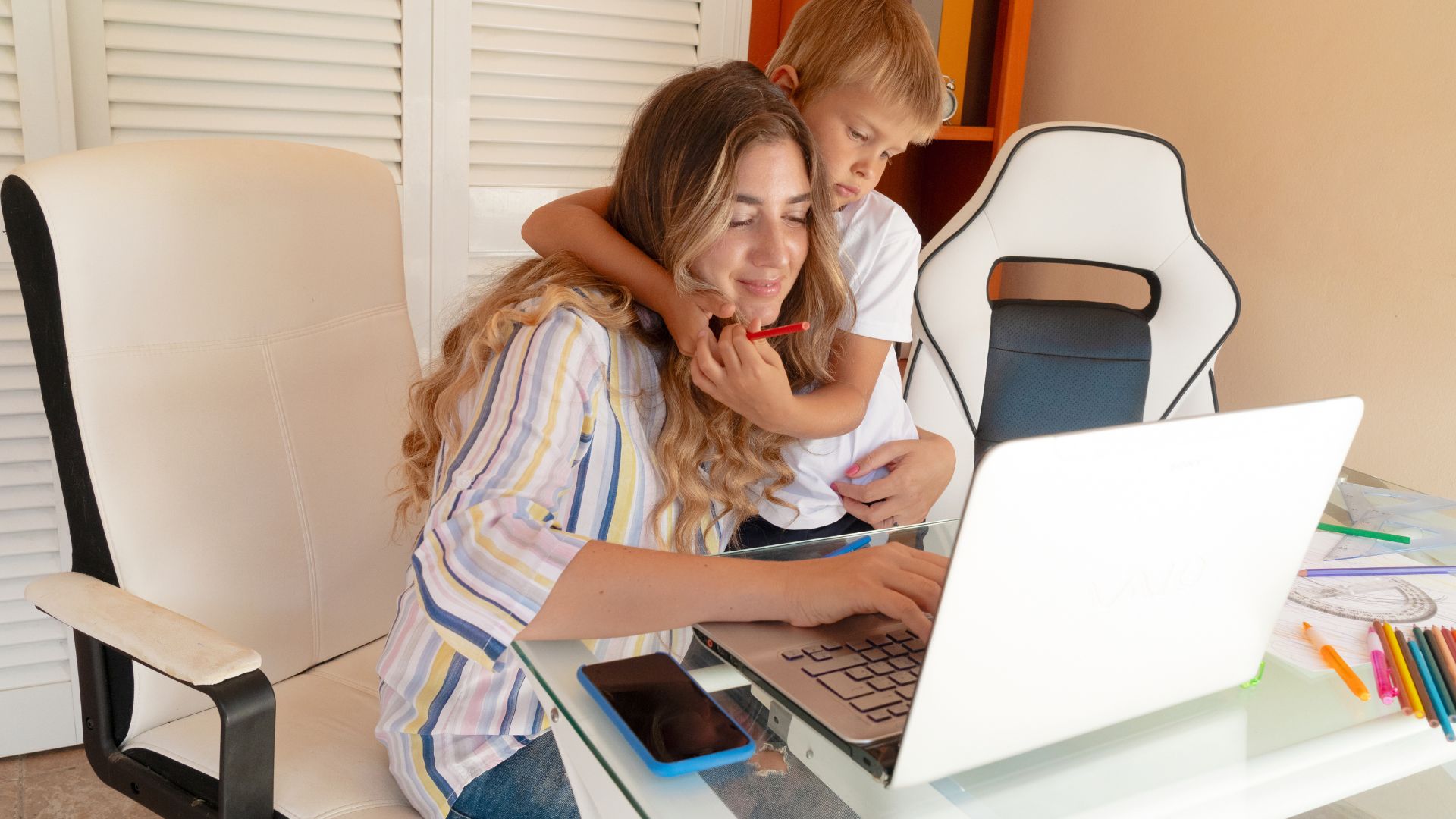Excerpt from the Updated and Expanded version of “Good Night, Sleep Tight”
The Secret Language of Babies
Babies have a lot of different cries. I have been fascinated by Priscilla Dunstan’s work on baby sounds, and many families have found it very helpful in understanding their babies’ preverbal communication. Understanding what our little babies are trying to tell us, of course, makes it easier for us to meet their needs.
Dunstan, then a twenty-four-year-old first-time mom of a colicky baby boy in Australia, was an accomplished violinist and a trained opera singer with the equivalent of a photographic memory for sound. Her own quest to understand her fussy boy led to a nine-year journey of research, which produced the Dunstan Classification of Infant Cries. It’s a bit daunting to capture baby sounds on paper, but I’ll do my best, and you may want to watch her DVD, The Dunstan Baby Language System.
Dunstan believes that each cry contains a message, and she has identified five sounds that correlate with five biological infant needs:
- Neh means hungry
- Owh means tired
- Eh means needs to burp
- Eairh means lower wind pain (gas)
- Heh means physical discomfort
The sounds are based on the baby’s reflexes. For instance, a hungry baby reflexively begins to suck. That produces the sound “Neh”-baby talk for “Feed me!” If we understand these five sounds (which travel across cultures, races, and ethnic groups), referred to as the “precry” stage, we can understand what a baby needs before the full-blown crying begins-what Dunstan calls the “siren.” If you can meet the child’s needs in this “precry” stage, when the sounds are still soft, you can reduce stress for everyone in the family and help promote a securely attached child.
The Dunstan researchers also report that babies whose parents can understand their communication in this way sleep longer and better. They have also found that by boosting parental confidence and reducing some of the exhaustion, the Dunstan system may also help women reduce their risk of postpartum depression. Although not all parenting experts would agree, the Dunstan researchers do not believe that “colic” is an unexplainable condition with its own cry; a baby whose needs are met won’t have colic.
Was this article helpful to you? Please tell us by commenting below! For more baby, toddler, and family sleep tips and tricks, please subscribe to The Sleep Lady’s Facebook, Twitter, Pinterest, Google+, and YouTube channel! If you are looking for more sleep content, please check out Get Sleep Now-an exclusive members-only area designed to provide in-depth help and support during your sleep coaching experience.
photo credit: fredsharples via photopin cc


